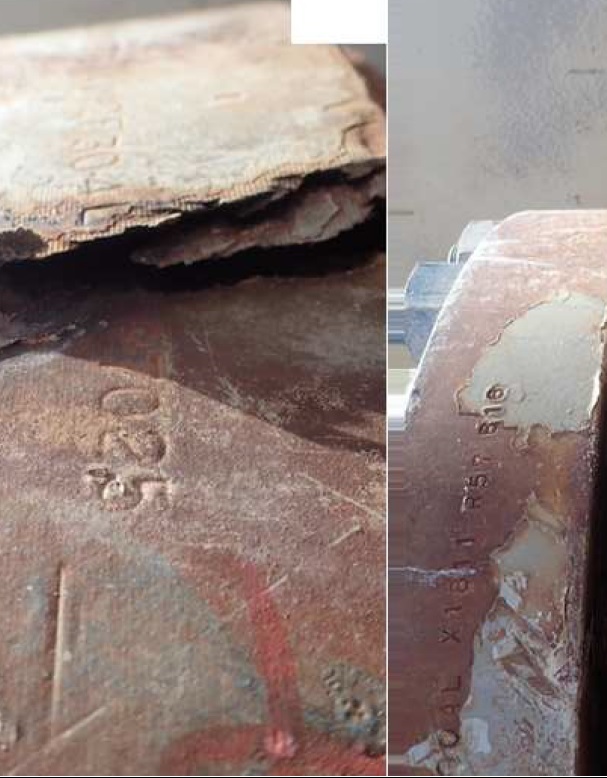SIMONMAGSUCANG
Mechanical
- Jul 10, 2013
- 26
Dear all,
I have a few heat exchanger flanges found cracked possibly due to over-torqued and victim of hydrogen sulfide stress cracking, the operating temperature is between 45 to 129 deg C.
I can't shutdown the line for replacement, is there any ways to temporary repair these flanges and hold them for at least 1 year until next shutdown? Flange repair clamp sounds like a solution but I'm afraid it will further damage the flange during fastening..
Wish I can have more suggestions...
I have a few heat exchanger flanges found cracked possibly due to over-torqued and victim of hydrogen sulfide stress cracking, the operating temperature is between 45 to 129 deg C.
I can't shutdown the line for replacement, is there any ways to temporary repair these flanges and hold them for at least 1 year until next shutdown? Flange repair clamp sounds like a solution but I'm afraid it will further damage the flange during fastening..
Wish I can have more suggestions...

